Top of the World: High-Altitude Winemaking
From the steep slopes of Napa to a boutique vineyard in the Himalayas and plots perched among the Argentinian Andes, high-elevation winemaking is gaining ground
From the steep slopes of Napa to a boutique vineyard in the Himalayas and plots perched among the Argentinian Andes, high-elevation winemaking is gaining ground
The Himalayas’ jagged, snow-capped peaks have inspired adventurers and artists for centuries, but rarely have their silhouettes been linked to winemaking—until now. As climate change and extreme weather continue to disrupt growing seasons across Burgundy, Bordeaux, and other long-established regions, vintners are climbing vertigo-inducing slopes to challenge long-standing industry traditions and invent new ones.
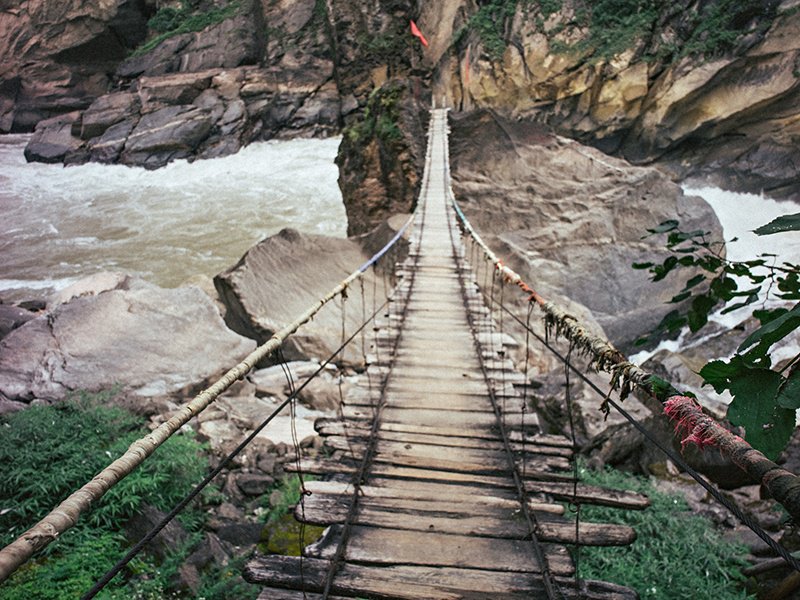

France’s Côte-Rôtie, Switzerland’s Valais, and Valle d’Aosta in Italy are historic, high-altitude regions where slope and sunshine harmonize to ripen grapes. Compared with their sea-level cousins, these extreme locations add a tasteable twist to the finished wines.
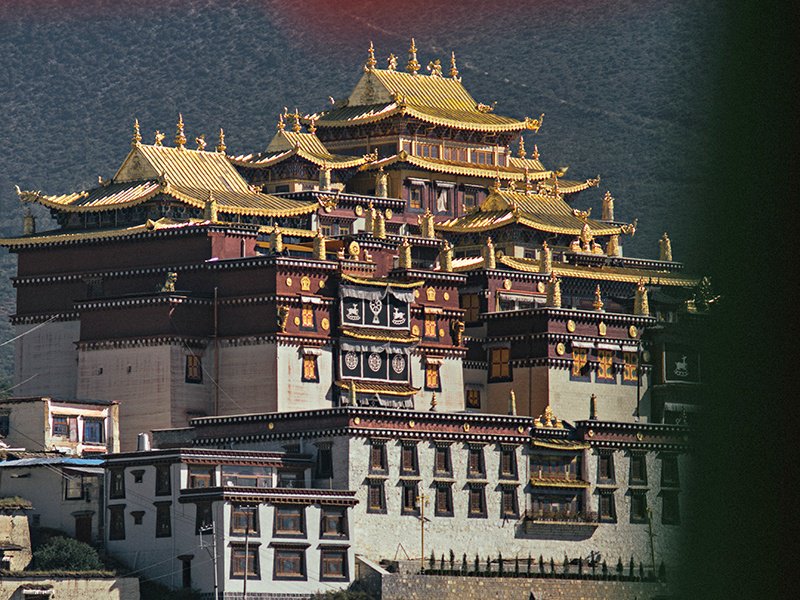
Extreme terrain and weather create a thicker skin on the grape, making for a more complex flavor
Thousands of miles from Ao Yun, vineyards have been thriving in Argentina since missionaries arrived in the Andes high desert nearly two centuries ago. Perched in the country’s Salta subregion, Colomé Estate is the country’s oldest, and highest, winery.
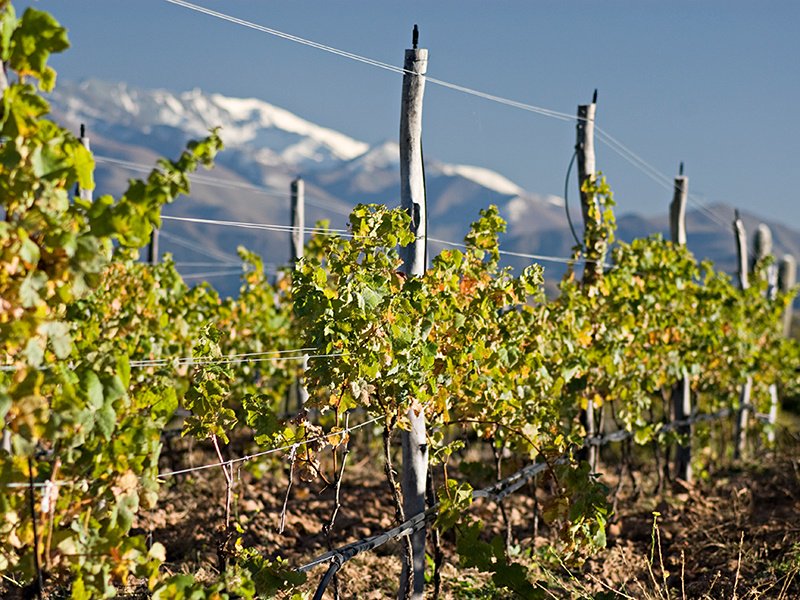
A handful of factors, including slope, drainage, wind currents, and weather patterns, contribute to the effects of altitude, which is why elevation in Argentina is considered “high” at 7,500 feet (2,286 meters), whereas in California “high altitude” ranges from 650 feet (198 meters) in Napa to 3,200 feet (975 meters) in Sierra Nevada.
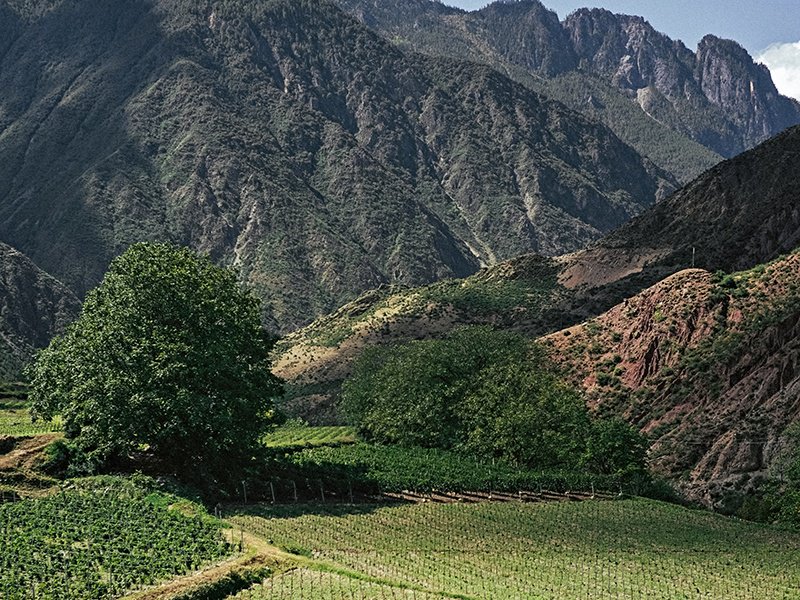
Think of elevation as a solar panel. Align grape variety with elevation and climate, and you get the world’s great wines
“Extreme terrain and weather create a thicker skin on the grape, making for a more complex flavor,” says Carter. “At high elevation you get higher acidity, great color from skins, and wines with high-toned floral character and fine-grained tannin structure.”
Structure and complexity
Cloud-kissed vines yield smaller berries with a higher concentration of tannins, anthocyanin, and polyphenols—the molecules that give red wines aromatic and flavor complexity—as well as tannic structure for aging.
Winemaker Maxence Dulou, estate manager of Ao Yun (which means “flying above the clouds”), explains: “We usually say that great Bordeaux wines have around 1,200mg/liter [0.19oz/gallon] of the red color molecule anthocyanin at the end of alcoholic fermentation. We are frequently observing quantities that are higher than 1,500mg/liter [0.24oz/gallon] in the grapes that go into Ao Yun.”
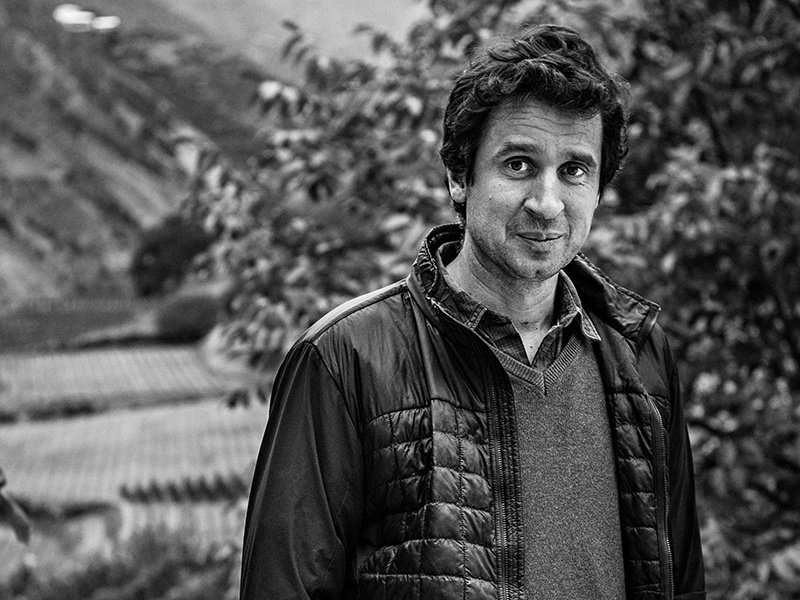
These wines are built for longevity. Valley floor wines, in contrast, are more approachable in their youth
“These are stout, long-aging wines because the acidity and tannins are more intense,” says Torrence. “These wines are built for longevity. Valley floor wines, in contrast, are more approachable in their youth.”
High-flying varieties
Thick-skinned, sturdy red grape varieties with shorter growing seasons, including Cabernet Sauvignon, Malbec, and Merlot, do best in sky-high vineyards, though Riesling can also thrive in select areas including Germany and the high desert of New Mexico, where young plantings at Vivác Winery are yielding bright, complex results at 6,000 feet (1,829 meters).
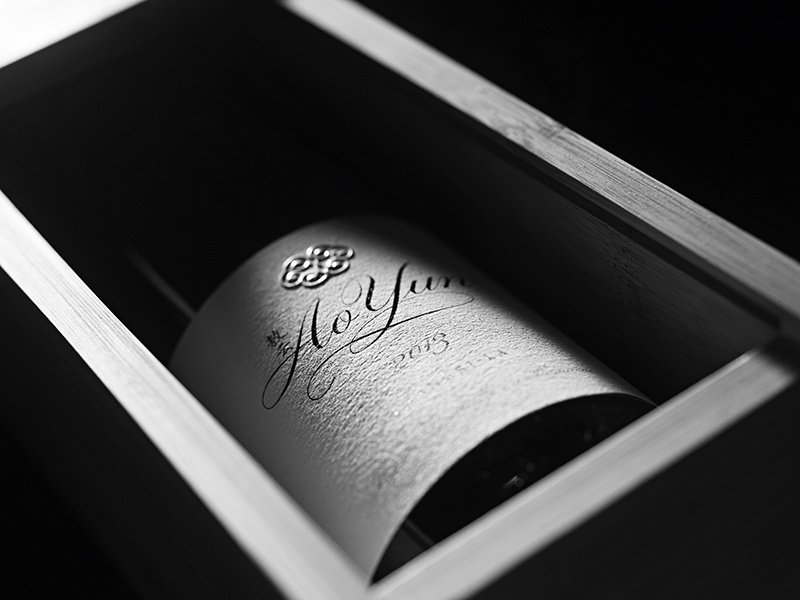
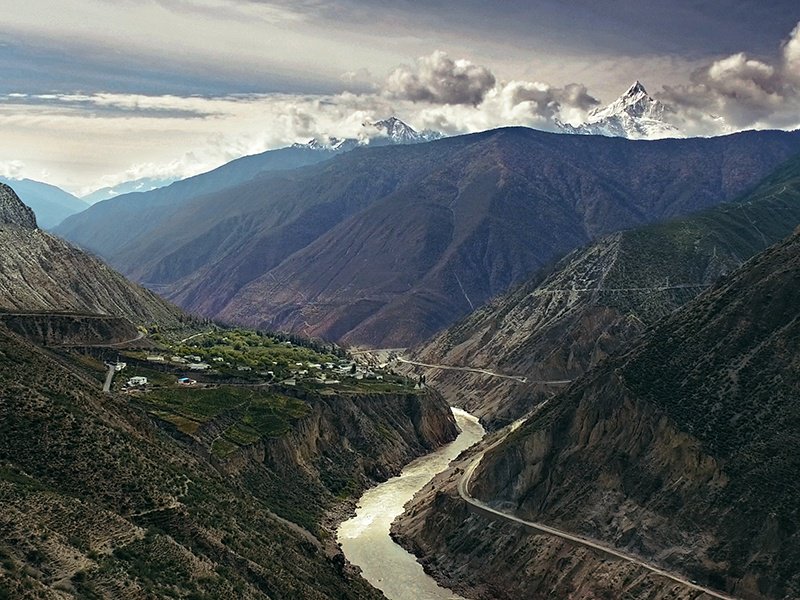
While elevation is usually consigned to a tiny typeface on bottles’ back labels, these wines are now reaching lofty heights. And as vintners explore new peaks, these mountain vines are flourishing almost faster than we can drink the results.